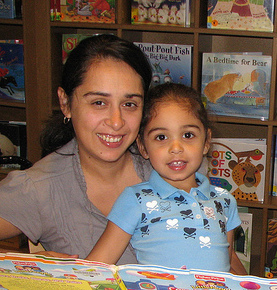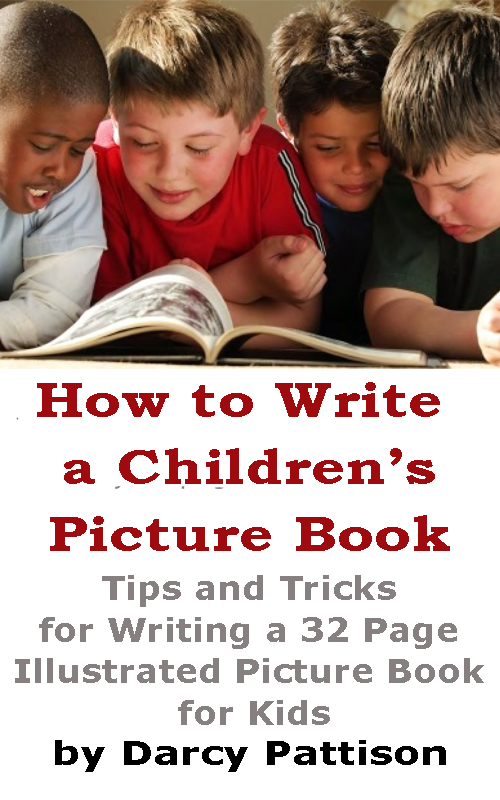After you’ve written the first draft of the picture book, let it cool off a week. While it’s cooling off, I’ll cover a few other things about audience and dealing with illustrations. Then, we’ll get to the fun part, revising the picture book.
The Child as the Audience

Yes, I know about SpongeBob and Veggie Tales. But those stories really shouldn’t work. Really. A talking tomato? A sponge with an attitude? Only the most skilled writers can pull this off and usually not in a picture book. It takes video, with it’s moving features and accompanying voice to characterize inanimate things well.
Doubleday editor, Francoise Bui says, “It’s preferable to have a young child as protagonist, or an animal. It needs to be someone who the child reader can relate to.”
THE ADULT AS THE AUDIENCE
However, adults are the gatekeepers for childrens’ access to picture books. For the youngest child, an adult reads to them and you must remember this as you write.
Adult/child relationship. Australian writer Mem Fox says it’s important to keep in mind “the child in the lap,” in other words, the relationship between the adult and the child as you write the story. For example, include something that will make the child turn to the adult and give them a hug.
Can the adult stand to read this 100 times? Favorite books are often requested nightly by a child, so you must consider if the adult can stand it “one more time.” As you write, pay attention to how easily the words flow.
Adult needs/uses for children’s literature. Remember that often the adult is a teacher, who uses picture books to fulfill something in the education curriculum. This shouldn’t be the major concern, but if you can tie it into a curriculum need, it will help sell your picture book. For example, The Journey of Oliver K. Woodman is used in social studies for map work, and in Language Arts to teach letter writing. Download the Lesson Plans (pdf download) for my picture books to see other ways they are used.
ACTION POINTS
Child in the Lap. Find five books which you consider perfect for the dual audience of adults and children. Try to find something for toddlers, preschoolers and school age kids. What differences are there as kids get older?
Find this Helpful? Read the Complete Series as an Ebook:
How to Write a Children’s Picture Book Available Now!The 30 Days to a Stronger Picture Book series has been collected into a Fiction Notes Ebook.

5 thoughts on “0”
Comments are closed.